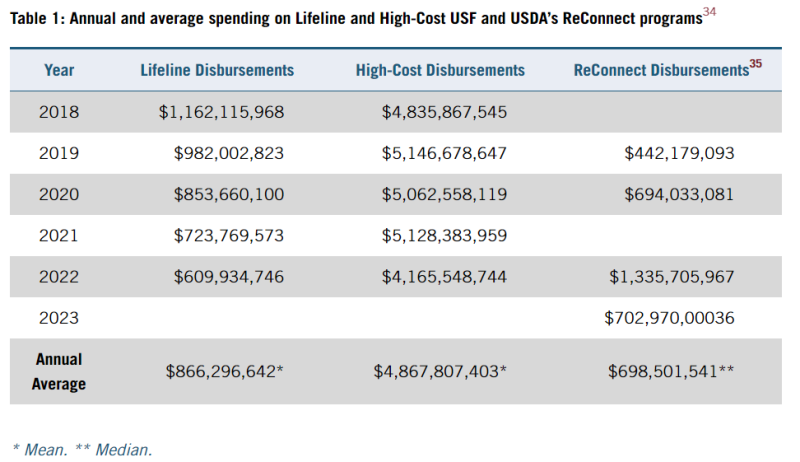The $14 billion Affordable Connectivity Program (ACP) will likely run out of money sometime next year, analysts have predicted, and whether Congress will allocate more funding for the broadband subsidy remains uncertain.
To sustain the program, the Information Technology and Innovation Foundation (ITIF) is urging the federal government to eliminate rural broadband programs that are either ineffective or redundant due to the $42.5 billion Broadband Equity, Access and Deployment (BEAD) program.
The programs in question include those under the Federal Communications Commission’s (FCC) High-Cost fund, such as the Rural Digital Opportunity Fund (RDOF), the Connect America Fund and the Alternative Connect America Cost Model (A-CAM), with the FCC looking to extend the latter.
All of these programs have been in place for several years now and they “routinely spend upwards of $4.5 billion per year, with no end in sight,” said ITIF in its report.
“The goal of rural broadband subsidies should be to eliminate their necessity. In that sense, the longevity of High-Cost programs is evidence of their failure,” ITIF wrote.
There’s also the FCC’s Lifeline program, which provides a $9.25 broadband subsidy for low-income households – less than a third of the $30 benefit households get through the ACP.
ITIF argued the Lifeline program has become redundant because it provides a smaller benefit to fewer people, as it applies to consumers with an income at or below 135% of the federal poverty line (compared to 200% or below to qualify for the ACP).
And because eligibility for Lifeline is one of the ways to qualify for ACP, “there is no one covered by Lifeline who could not get the ACP.”
According to ITIF, the federal government spends nearly $900 million per year on Lifeline disbursements as well as around $700 million annually on the U.S. Department of Agriculture’s ReConnect program.
Given the total spending across the High-Cost, Lifeline and ReConnect programs, ITIF estimates $6.43 billion would be available for the ACP if all those programs were eliminated.
“This is a conservative figure, since Congress could net more savings if it were to eliminate other duplicative or obsolete broadband programs elsewhere in the federal government,” said ITIF.

Indeed, the Government Accountability Office (GAO) last year identified at least 133 federal broadband programs administered across 15 agencies, which have resulted in fragmented and overlapping funding.
As of July 17, over 19.5 million households have enrolled in the ACP. The fate of the program will not only impact consumers, but it will also influence where operators build out their BEAD projects, as New Street Research’s Blair Levin previously told Fierce.
“What I don’t see from the FCC…is a concerted effort to explain to Congress why this needs to be refunded, both for the short-term BEAD program and the long-term goal of closing the digital divide,” said Levin in June.
